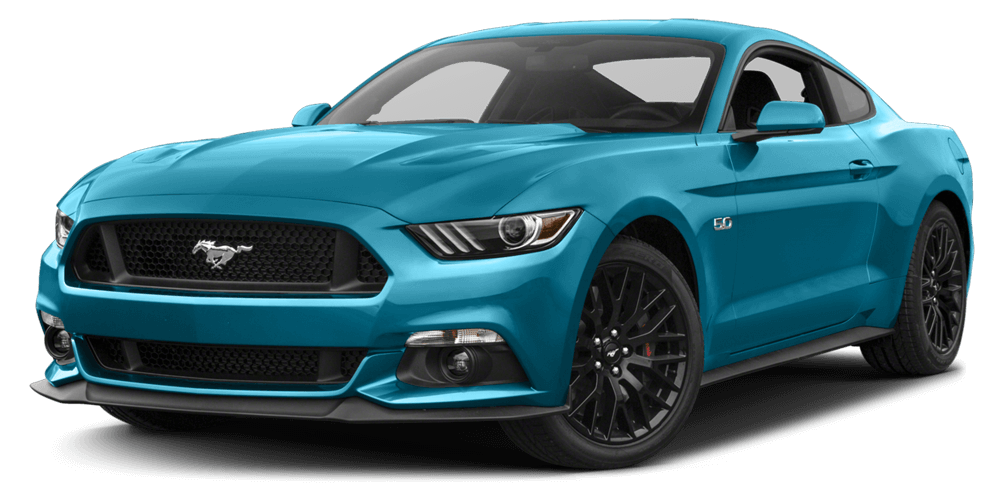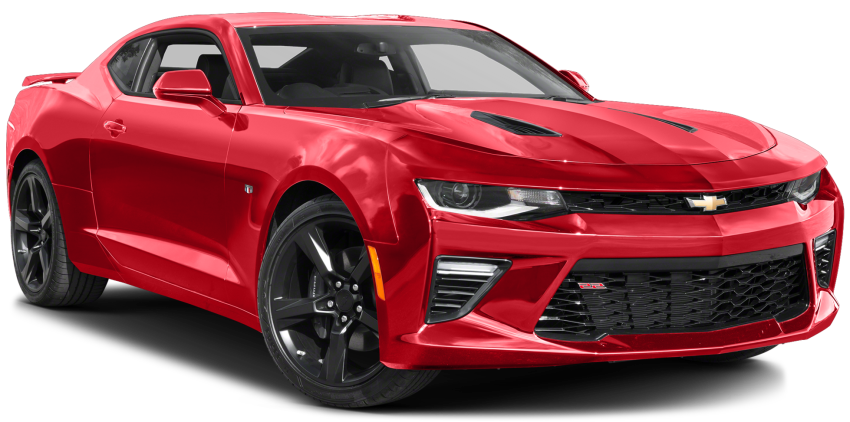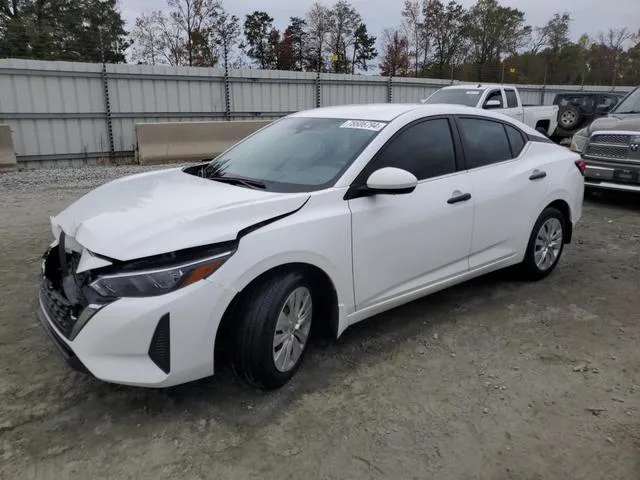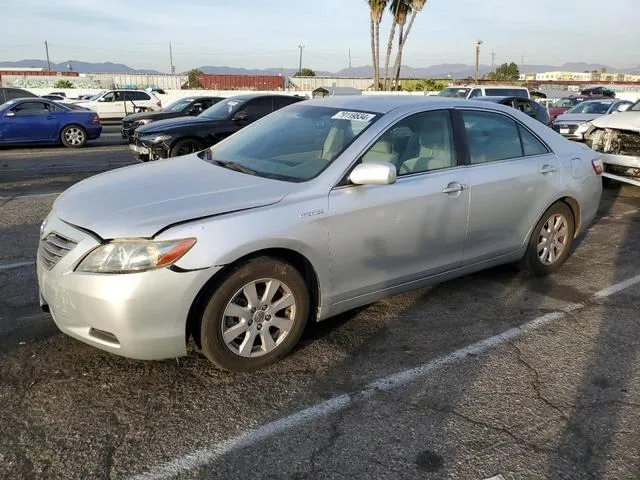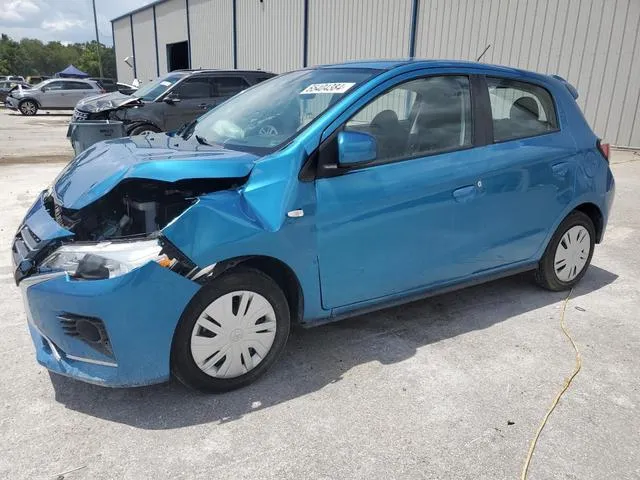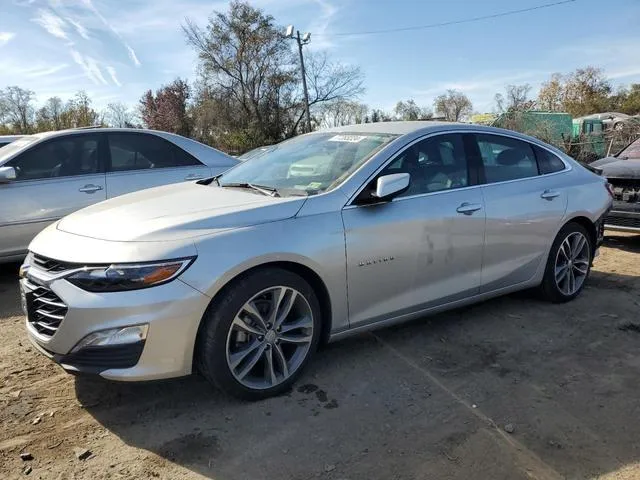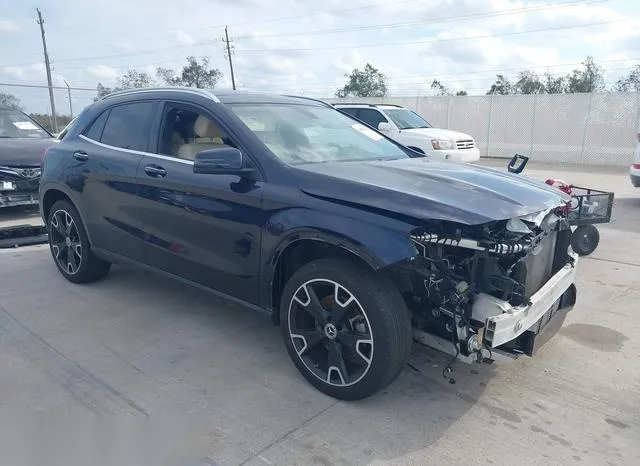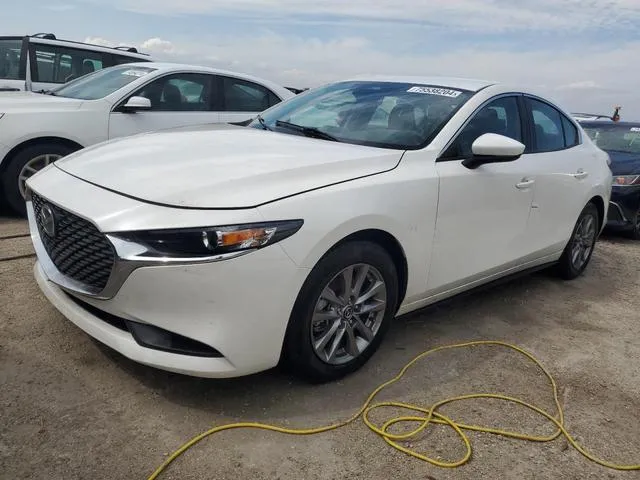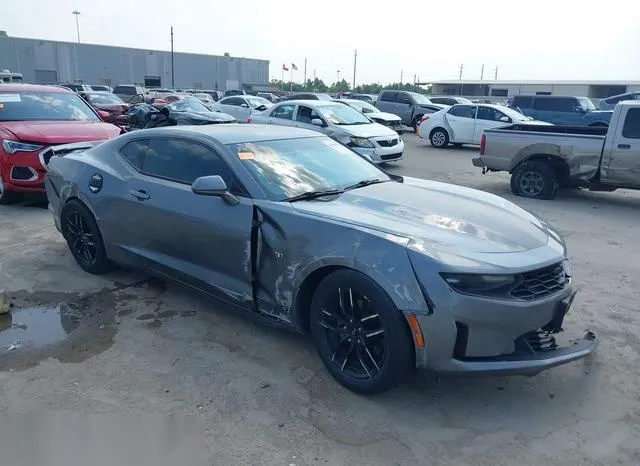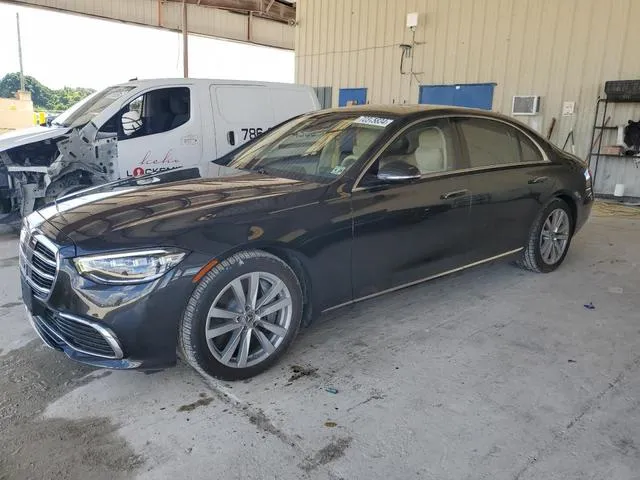The History of Ferrari: The Legacy of Italian Luxury and Performance
Ferrari is one of the most iconic and recognizable car brands in the world. Renowned for its dedication to producing high-performance sports cars and its legendary involvement in motorsports, Ferrari stands as a symbol of speed, luxury, and Italian craftsmanship. Founded by Enzo Ferrari, the brand has created some of the most celebrated vehicles in automotive history. From classic models like the 250 GTO to modern marvels like the LaFerrari, Ferrari has consistently pushed the boundaries of what is possible in both design and performance. This article explores Ferrari's rich history and its most notable car models.
Early Years: The Birth of Ferrari (1939-1940s)
The history of Ferrari begins with its founder, Enzo Ferrari. Born in Modena, Italy, in 1898, Enzo Ferrari had a passion for motorsports from a young age. He became a professional driver for Alfa Romeo in the 1920s, but it wasn’t long before he decided to start his own venture. In 1939, Ferrari established "Auto Avio Costruzioni," which initially produced aircraft parts and machine tools due to World War II. However, Enzo's true ambition was to build racing cars.
The first car to bear the Ferrari name was the 125 S, which debuted in 1947. It was powered by a 1.5-liter V12 engine designed by Gioachino Colombo. Despite initial struggles, the 125 S won its first race at the Grand Prix of Rome, marking the beginning of Ferrari’s racing legacy.
| Model | Years of Production | Description |
|---|---|---|
| Ferrari 125 S | 1947 | The first car to wear the Ferrari badge, powered by a 1.5-liter V12 engine, marking the beginning of Ferrari's racing success. |
Ferrari and Motorsports (1950s)
Ferrari's identity has always been closely tied to motorsports, particularly Formula One. In 1950, Ferrari made its debut in the newly established Formula One World Championship. By 1952, Ferrari had secured its first Formula One World Championship title with driver Alberto Ascari. The 1950s also saw the rise of Ferrari's sports cars, designed for both the racetrack and the road.
The Ferrari 250 Series
One of Ferrari’s most important and enduring models was the 250 series, produced during the 1950s and 1960s. These cars were powered by Ferrari’s Colombo V12 engine and became famous for their elegant styling and racing success. The Ferrari 250 GTO, introduced in 1962, is widely regarded as one of the greatest and most valuable cars in automotive history, with its blend of beautiful design, powerful performance, and a strong track record in racing.
| Model | Years of Production | Description |
|---|---|---|
| Ferrari 250 GTO | 1962-1964 | Considered one of the most iconic cars in history, the 250 GTO was a racing legend, winning numerous competitions and now one of the most valuable collector cars. |
The 1960s: The Era of Iconic Road Cars
The 1960s were a golden era for Ferrari, not only on the racetrack but also in the realm of road cars. Ferrari began producing high-performance grand tourers that blended racing technology with luxurious styling, attracting wealthy enthusiasts worldwide. Models like the Ferrari 275 GTB and the Ferrari 365 GTB/4 Daytona became symbols of the brand's commitment to speed, beauty, and craftsmanship.
Ferrari 275 GTB
The Ferrari 275 GTB, introduced in 1964, was a high-performance grand touring car powered by a 3.3-liter V12 engine. Known for its sleek design and exceptional handling, it was one of the first Ferrari road cars to feature independent rear suspension, improving performance and comfort.
| Model | Years of Production | Description |
|---|---|---|
| Ferrari 275 GTB | 1964-1968 | A high-performance grand tourer known for its sleek design, independent rear suspension, and powerful V12 engine. |
Ferrari 365 GTB/4 Daytona
The Ferrari 365 GTB/4, popularly known as the Daytona, was introduced in 1968 and became one of the most famous cars of its era. The Daytona was Ferrari's response to the growing competition from Lamborghini and their groundbreaking Miura. With its 4.4-liter V12 engine, the Daytona could reach top speeds of over 170 mph, making it one of the fastest cars of its time.
| Model | Years of Production | Description |
|---|---|---|
| Ferrari 365 GTB/4 Daytona | 1968-1973 | A grand tourer known for its powerful V12 engine and striking design, regarded as one of the best Ferraris of the 1960s and early 1970s. |
Ferrari in the 1980s: The Supercar Era
The 1980s marked the arrival of Ferrari's supercars, which set new benchmarks for performance, speed, and innovation. One of the most iconic cars of this era was the Ferrari Testarossa, which became a symbol of 1980s excess and high-performance luxury. This period also saw Ferrari's continued dominance in motorsports, with the brand securing multiple Formula One World Championships.
Ferrari Testarossa
The Ferrari Testarossa, introduced in 1984, was a mid-engine supercar with a distinctive, wide stance and sharp side strakes. Powered by a 4.9-liter flat-12 engine, the Testarossa delivered immense power and became one of the most recognizable Ferraris of all time. Its striking design and appearance in popular culture, such as the TV series *Miami Vice*, made it an icon of the 1980s.
| Model | Years of Production | Description |
|---|---|---|
| Ferrari Testarossa | 1984-1996 | A mid-engine supercar known for its wide stance, powerful flat-12 engine, and distinctive side strakes, symbolizing 1980s Ferrari performance. |
The 2000s and Beyond: Ferrari’s Modern Supercars
Ferrari continued to push the envelope into the 21st century with its cutting-edge supercars. In the 2000s, the brand focused on blending extreme performance with advanced technology, producing cars that were not only fast but also innovative. Models like the Ferrari Enzo and the LaFerrari set new standards for performance, combining high-powered engines with hybrid technology.
Ferrari Enzo
Named after the company’s founder, the Ferrari Enzo was introduced in 2002 as the ultimate supercar, with only 400 units produced. The Enzo was powered by a 6.0-liter V12 engine, producing 651 horsepower, and was built using advanced materials like carbon fiber to reduce weight. The Enzo represented Ferrari's commitment to blending Formula One technology with road car design, making it one of the most sought-after supercars of its time.
| Model | Years of Production | Description |
|---|---|---|
| Ferrari Enzo | 2002-2004 | A limited-production supercar with a 6.0-liter V12 engine and cutting-edge technology, named in honor of Ferrari's founder. |
LaFerrari
LaFerrari, introduced in 2013, was Ferrari’s first hybrid supercar, combining a 6.3-liter V12 engine with an electric motor to produce a combined 950 horsepower. This car was a technological marvel, capable of extreme speed while also showcasing Ferrari's commitment to environmental responsibility. LaFerrari was a limited-production model, with only 499 units produced, making it one of the rarest and most advanced Ferraris ever built.
| Model | Years of Production | Description |
|---|---|---|
| LaFerrari | 2013-2016 | A hybrid supercar with a 6.3-liter V12 engine and an electric motor, producing 950 horsepower and representing the pinnacle of Ferrari innovation. |
Ferrari and Motorsports: A Legacy of Excellence
Throughout its history, Ferrari has been synonymous with motorsports success. The brand has been a dominant force in Formula One, with over 230 Grand Prix victories and 16 Constructors' Championships to its name. Ferrari’s dedication to racing has helped it refine its road cars, incorporating advanced technologies from the racetrack into its production models. The Scuderia Ferrari team remains one of the most prestigious and successful teams in Formula One history.
Conclusion
Ferrari's journey from a small racing car manufacturer to a global symbol of luxury and performance is a testament to Enzo Ferrari’s vision and passion. Over the decades, Ferrari has consistently produced some of the most beautiful and technically advanced cars ever made, earning a place in the hearts of car enthusiasts around the world. From the legendary 250 GTO to the modern LaFerrari, Ferrari’s legacy continues to grow, driven by its unrelenting pursuit of speed, innovation, and excellence.



